Delicate new ways of living in balance with water
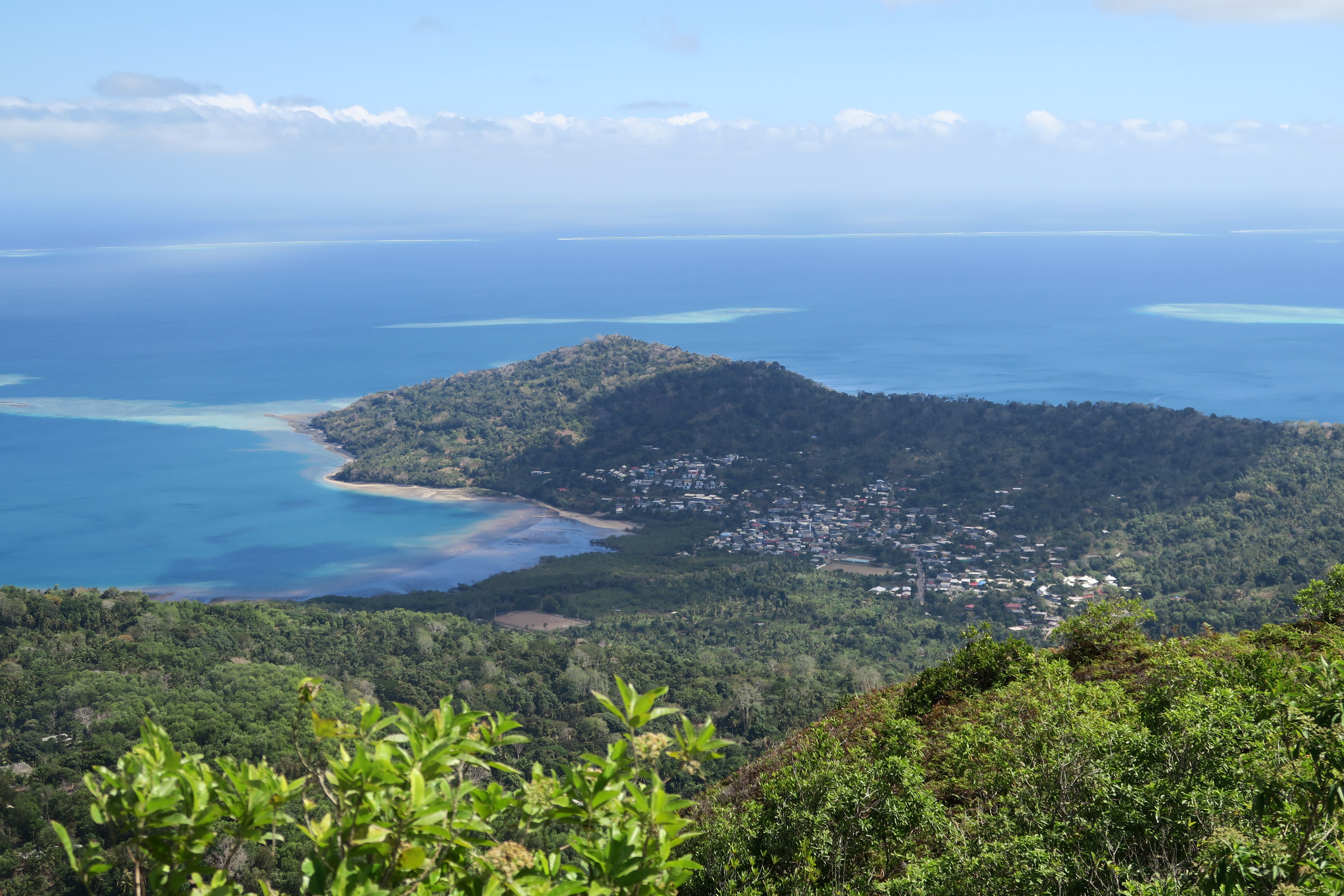

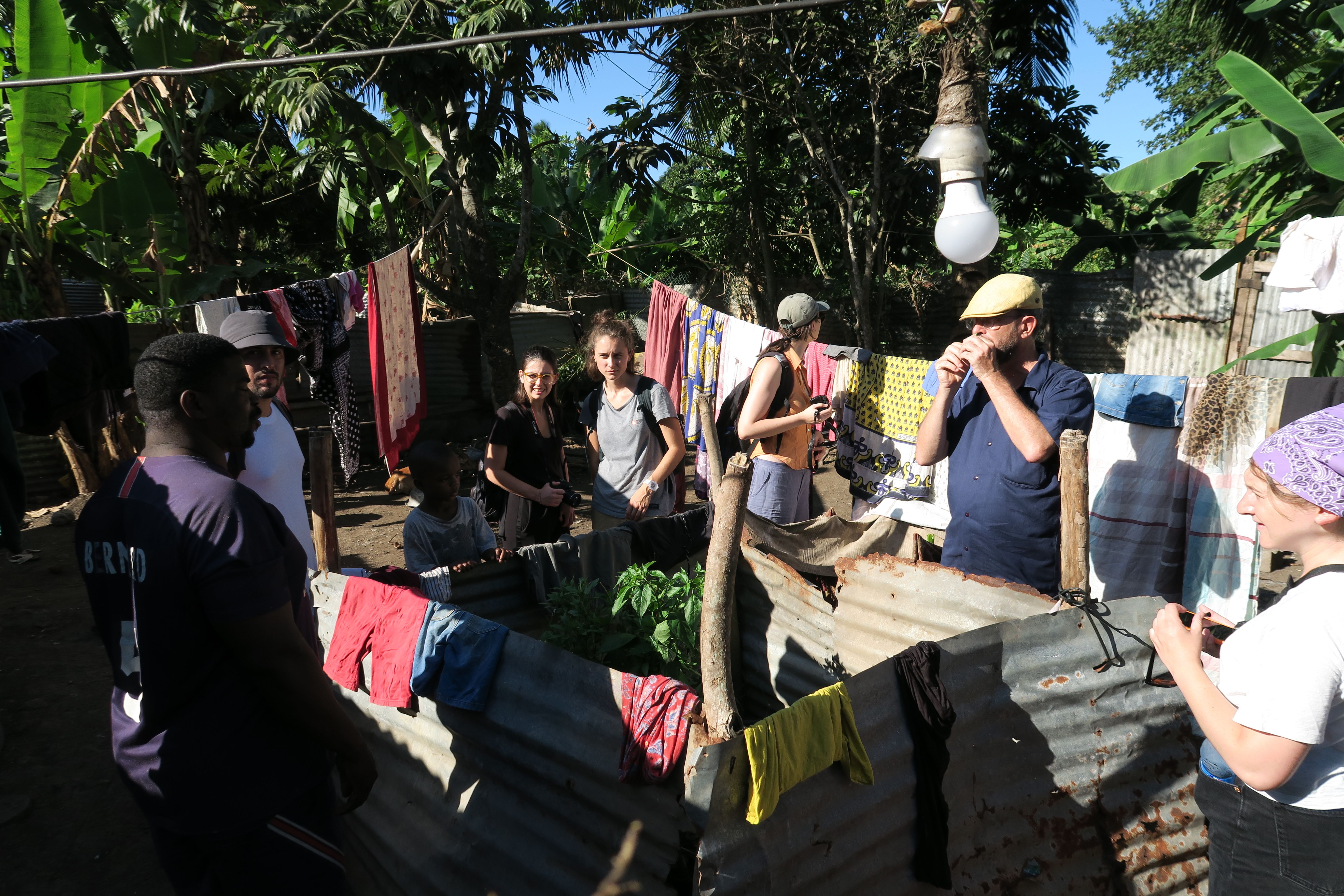
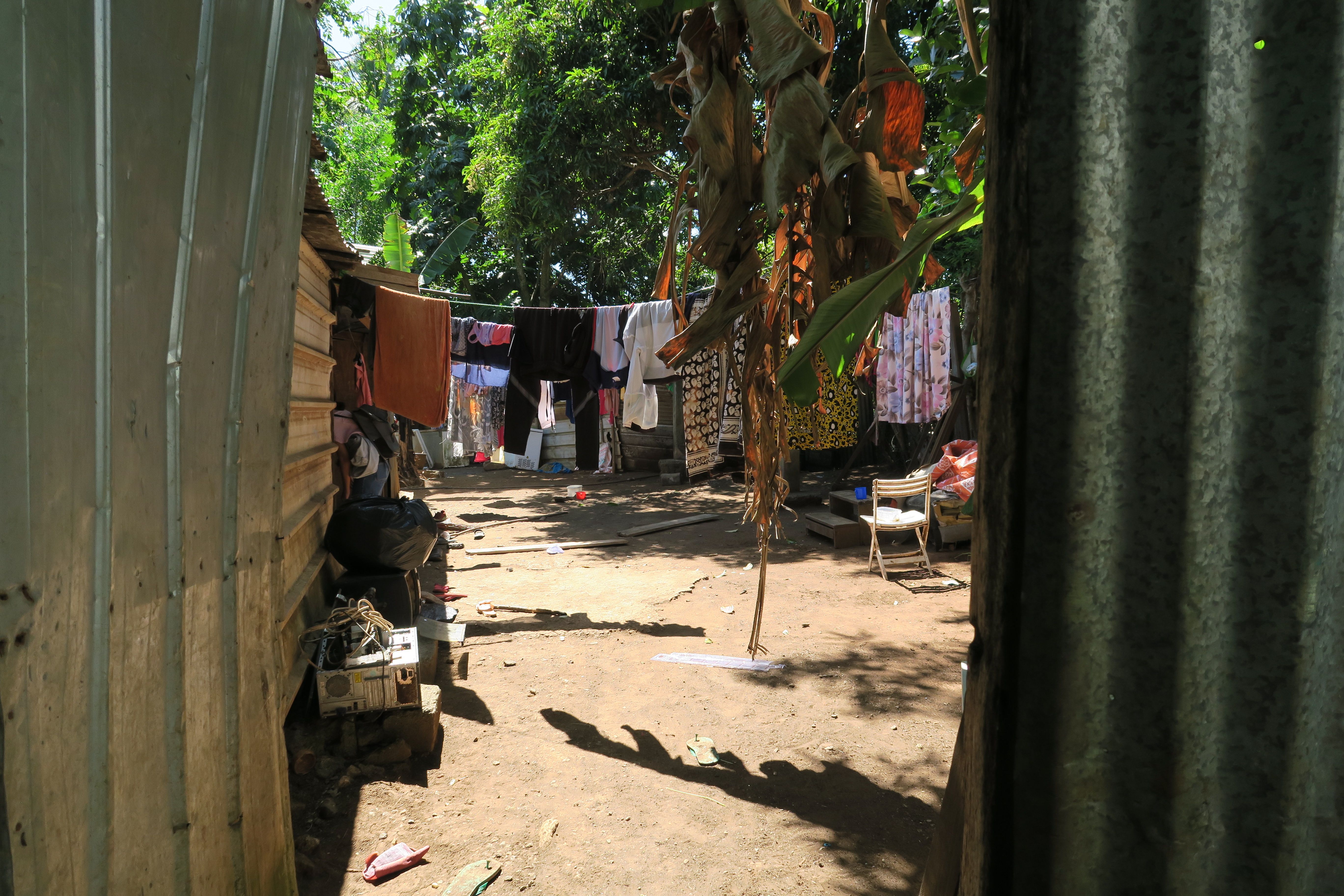

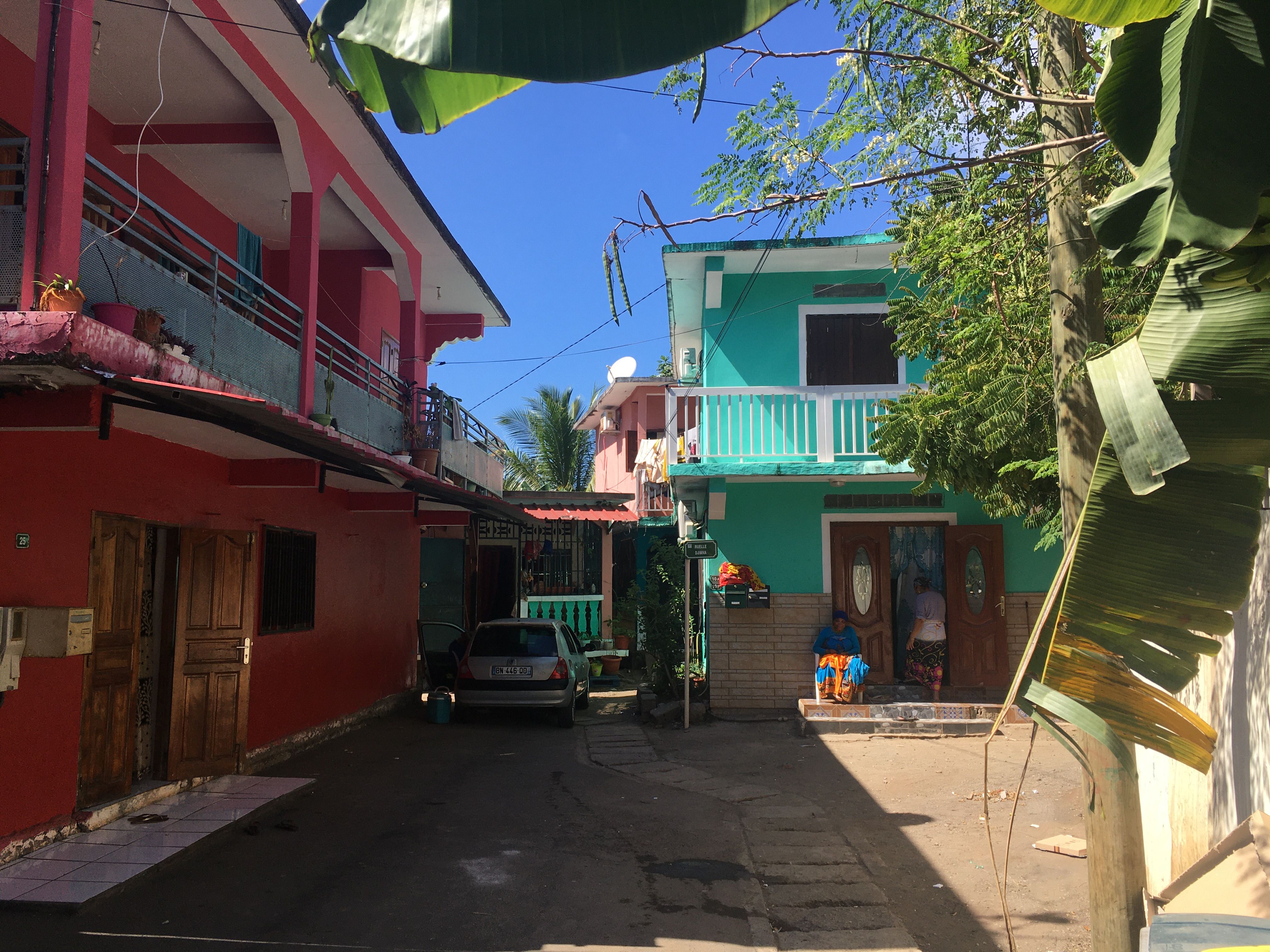
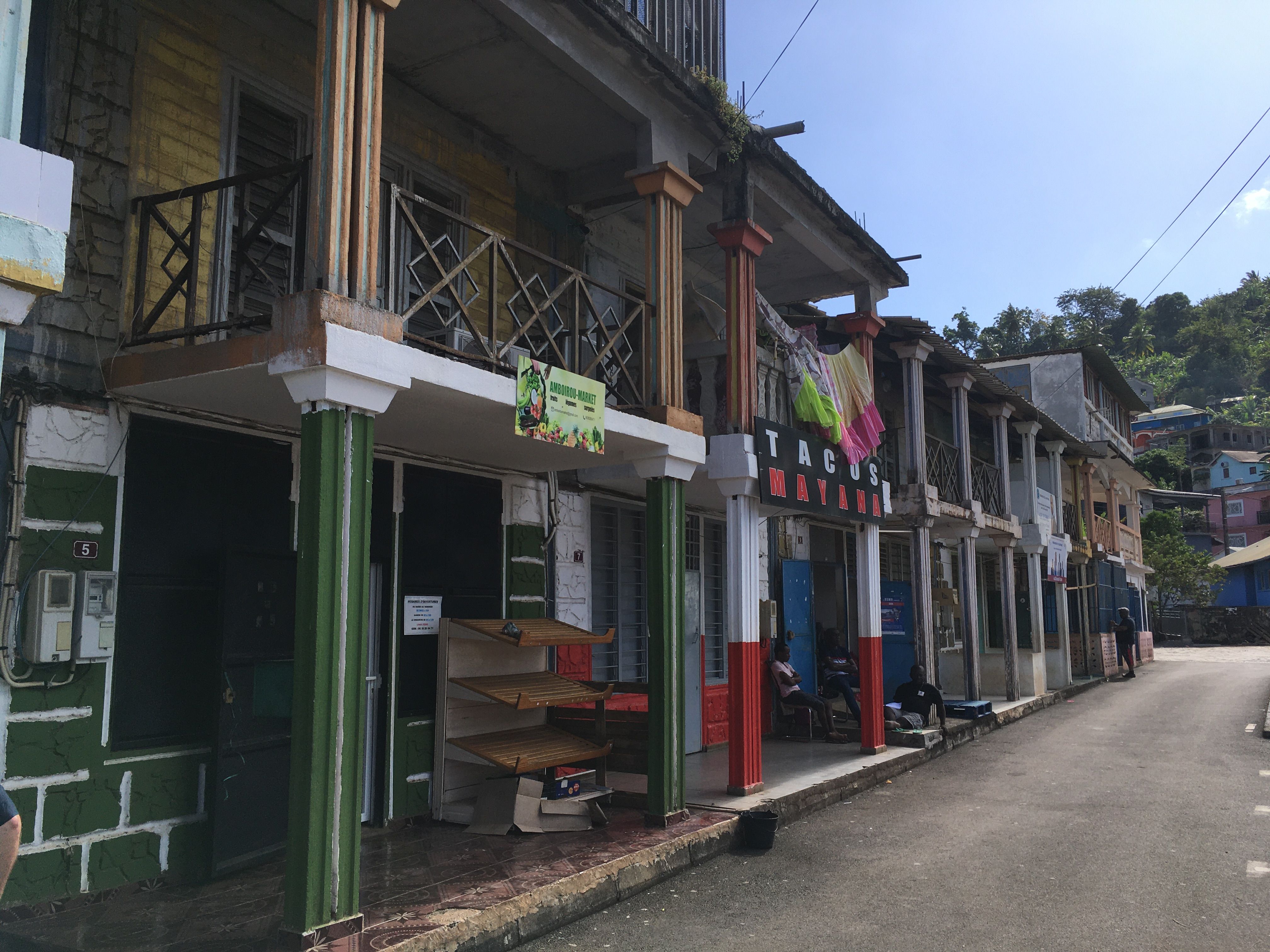
French overseas department in the Indian Ocean, located at the northern end of the Mozambique Canal, the territory of Mayotte consists of two islands, Grande-Terre and Petite-Terre. Although the region is by far the poorest in France, within the Comoros archipelago – to which it geographically belongs – it enjoys a relative prosperity that makes it subject to constant illegal migration flows. According to the French National Institute of Statistics, almost half of the population of Mayotte does not have French nationality, 77% of its inhabitants live below the poverty line, half of the population is under 18, four out of ten families live in housing made of sheet metal or vegetable materials and three out of ten do not have running water. Violence is a widespread and endemic problem, while traffic problems are constant.
With over a thousand species of plants observed over an area of 374 km² and its rich density of island fauna, Mayotte is part, with Madagascar and other islands of the Indian Ocean, of one of the 36 areas in the world identified as "biodiversity hotspots". Irregular rainfall, rising sea levels and the associated risk of flooding, extensive deforestation for subsistence farming, and coral bleaching are all phenomena which, since some years, are seriously undermining its delicate terrestrial and marine ecosystem, which, due to climate change, are rapidly exacerbating.
Starting from these premises, WISH had the objective of investigating the relationship between new possible housing models, the effects of climate change and the local economy, exploring, through the project, the subtle balances between man and the environment. The work focused on the region of Chirongui, in the south-western part of the island of Grande-Terre, which includes a large coastal urban area, consisting of numerous villages, overlooking the bay of Bouéni. Chirongui is destined to become in the next years the second most important center of the island, in order to counterbalance the presence of Mamoudzou in the north-west, administrative capital. Thanks to the active support of the municipality of Chirongui, WISH has been able to know live and put at the center of its reflections eight project areas in the region – one for each participating student – characterized by urgent problems and therefore waiting for immediate answers. These areas, thanks to the variety of issues raised, have allowed the workshop to anchor itself to a precise local and contextual dimension, while fueling the discussion around issues common to the entire urban context of the island: the relationship of the inhabited area with the delicate coastal ecosystem; the need to provide concrete responses to the threats posed by water, increasingly accentuated by climate change; the fragility of the built environment and the need to safeguard its equally fragile identity; the role of spontaneous processes that have led to the rapid formation of the so-called "shantytowns", interpreted from the point of view of settlement and space; how to deal with the expansion, driven by the exceptional population growth, in relation to land consumption and the preservation of the island’s outstanding natural qualities.

- 1.Anti
- 2.Mangrove
- 3.Cavani
- 4.Ancien Stade
- 5.Dallage
- 6.Mramadoudou
- 7.Golf
- 8.Minadzini
Edition realized by
Martino Pedrozzi, Professor Vincenzo Tuccillo, Assistant
in collaboration with
- Cyrille Hanappe, École nationale supérieure d’architecture de Paris-Belleville
- Hedia Jelassi, Project Manager specialized in combating substandard housing at the Municipality of Chirongui
Invited Critics
Roberto Guidotti Lukas Meyer Marco Navarra
Workshop
in Mayotte
11–23 July
in Mendrisio
24 July–27 August
Presentations
in Mendrisio
- General introduction on Mayotte and its issues by Cyrille Hanape (Teacher, Co-Head of the DSA Major Risks at the École nationale supérieure d'architecture de Paris-Belleville).
- Frédéric Bonnet (Full Professor, Academy of Architecture in Mendrisio) on the experience of “ateliers des territoires”.
in Mayotte
- Introduction to project sites at the Chirongui Town Hall by Hedia Jelassi “La résorption de l’habitat insalubre à Mayotte: Présentation d’opérations de lutte contre l’habitat insalubre et indigne (LHI) sur la commune de Chirongui”.
- Émilien Dautrey, director of the GEPOMAY association (Groupe d’Études et de Protection des Oiseaux de Mayotte) titled “Environmental issues in Chirongui mangrove forest.”
- Presentation of activities by Sylvia Frey (Harappa) and Julien Beller, followed by dinner at “Le Relais Forestier”.
- Hugues Cressent (Chargé de l’Habitat Relogement – Responsable Gestion Urbaine de Proximité – Communauté de Communes de Petite–Terre) on the urban regeneration project in Pamandzi.
- Final round table at the Chirongui Town Hall in the presence of Mohamed Ali (General Director of Services), Farid Cheballah (Head of Urban Planning and Development), and Hedia Jelassi (Project Manager specialized in combating substandard housing).
Visits
in Mayotte
- Project site of “Lycée de Longoni” (Lycée general et technique des métiers du bâtiment) by Encore Heureux Architectes and Co-Architects, guided by Lola Paprocki (Encore Heureux Architectes).
- Architecture studio Harappa and presentation of projects by Attila Cheyssial.
- Construction site of 30 units of social housing in Majikavo designed by Harappa, under the guidance of Rémi Noulin.
- “Maison du projet Kawéni – Kawéni Hima” and presentation of the urban regeneration project (NPRU) in Kawéni by Keyvan Fathi (Project Manager Urban Renewal & Housing – City of Mamoudzou) and Elodie Furic (Director of Urban Renewal & Housing – City of Mamoudzou).
- “Permanence” for the extension of the “Collège de Tsimkoura” by Co-Architectes, led by Wendy Bochard